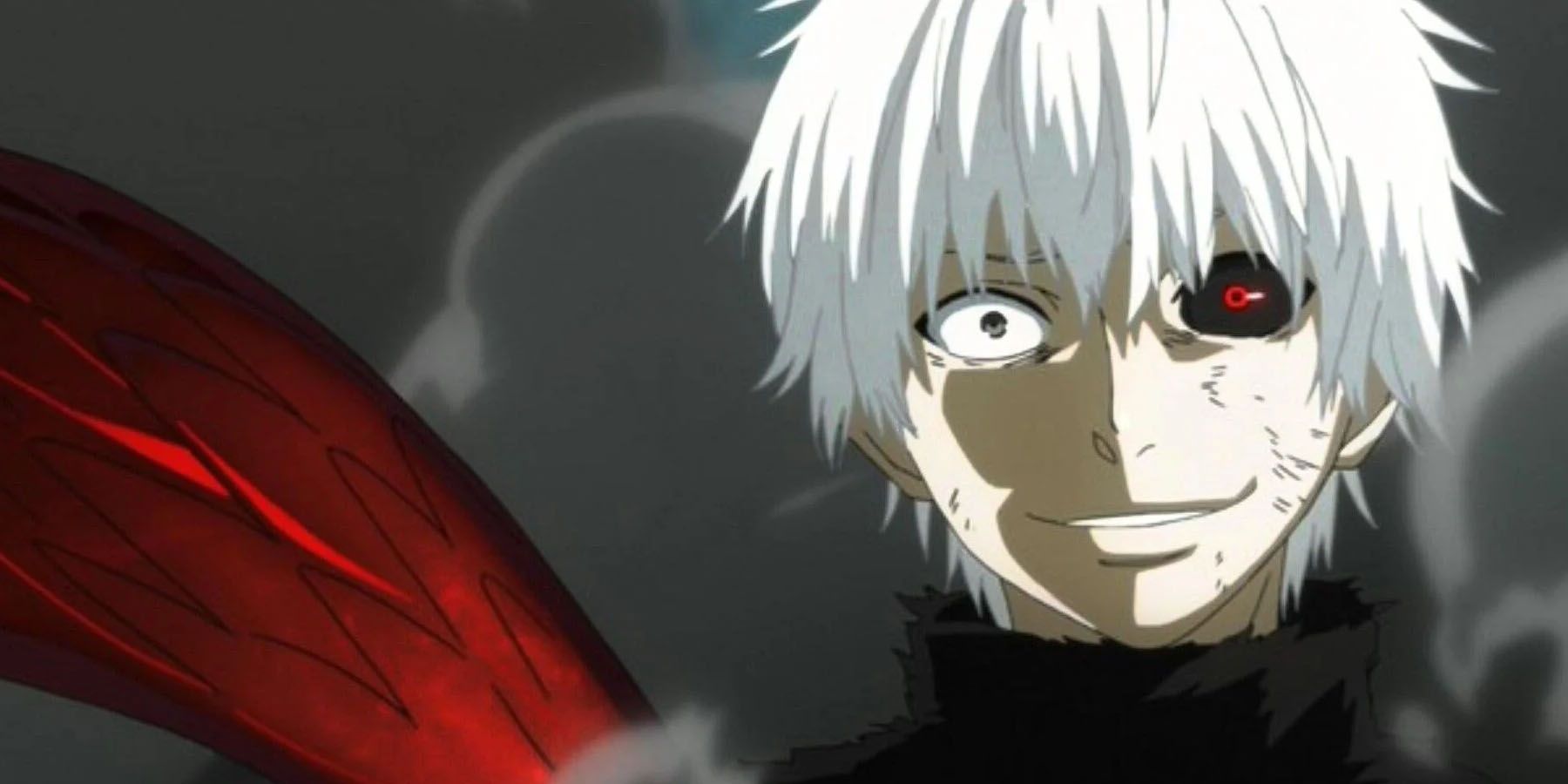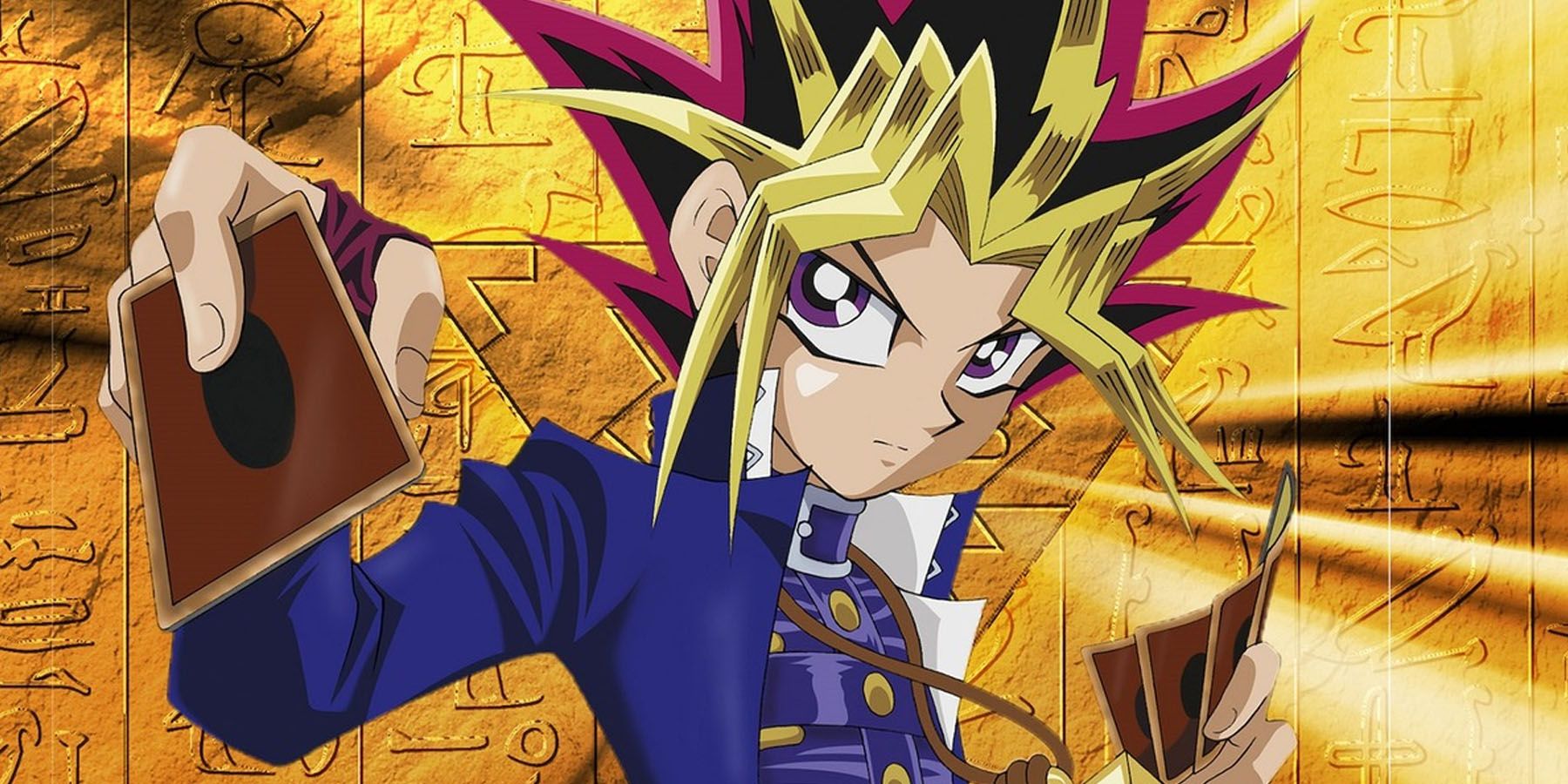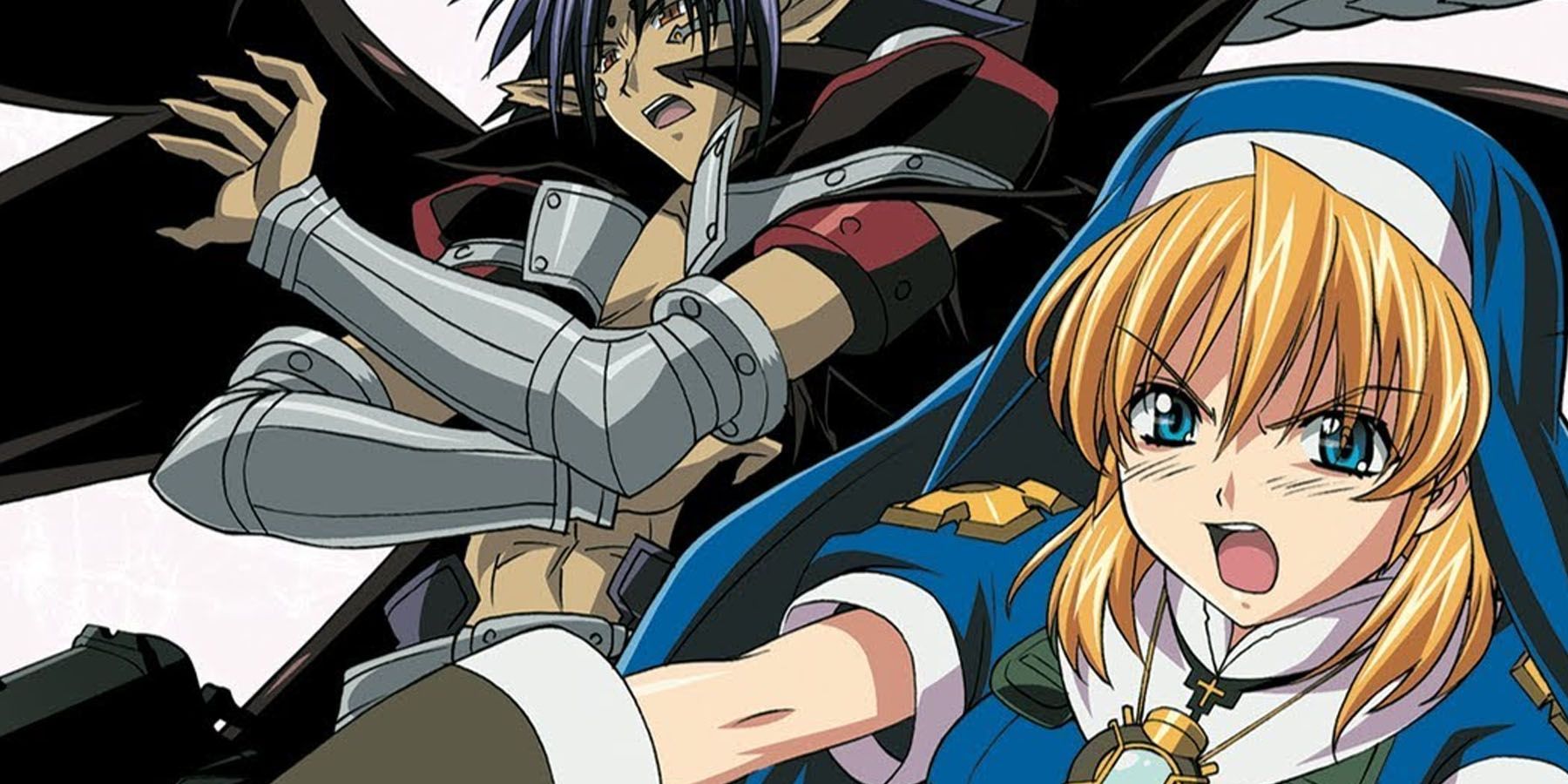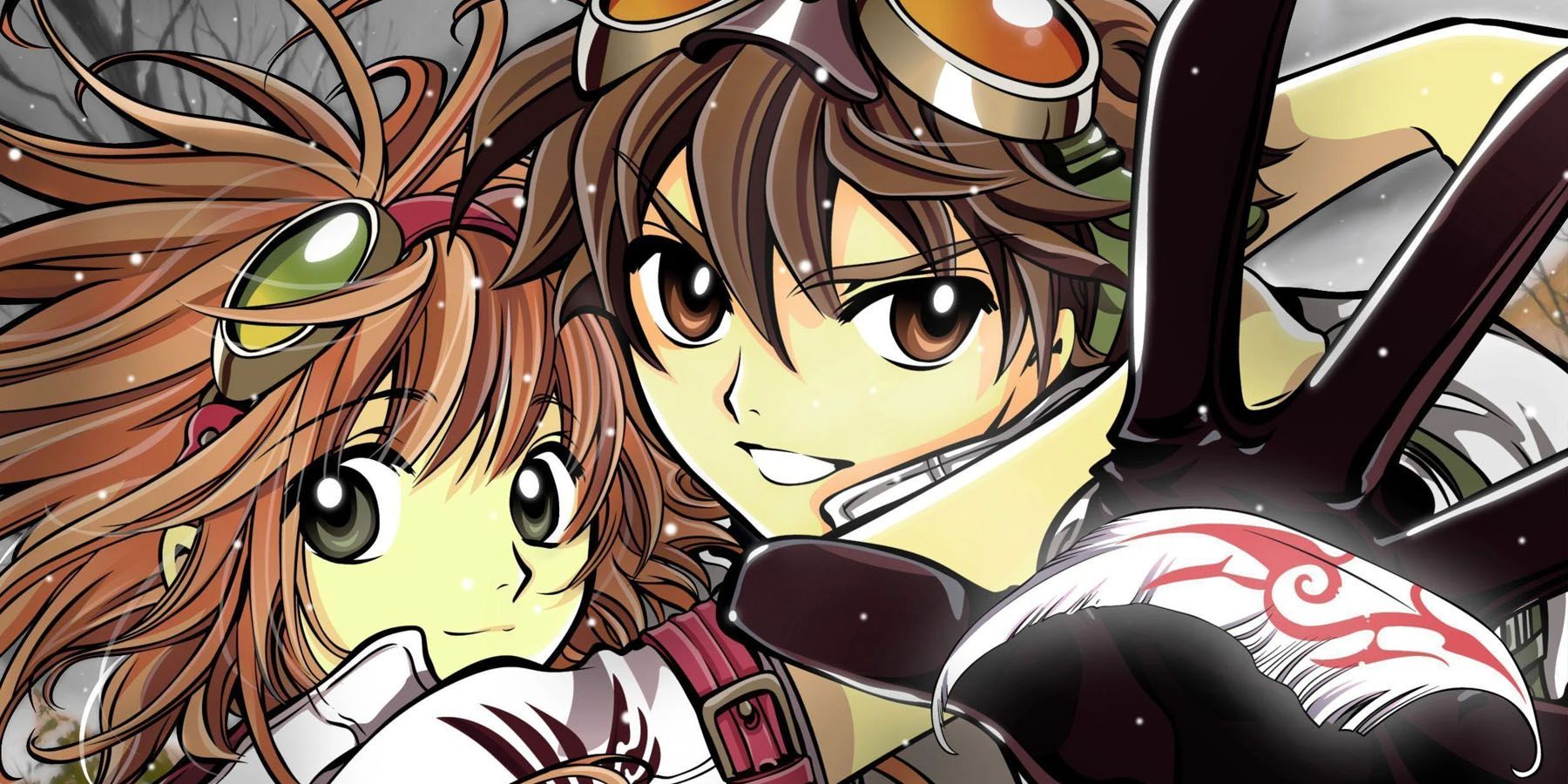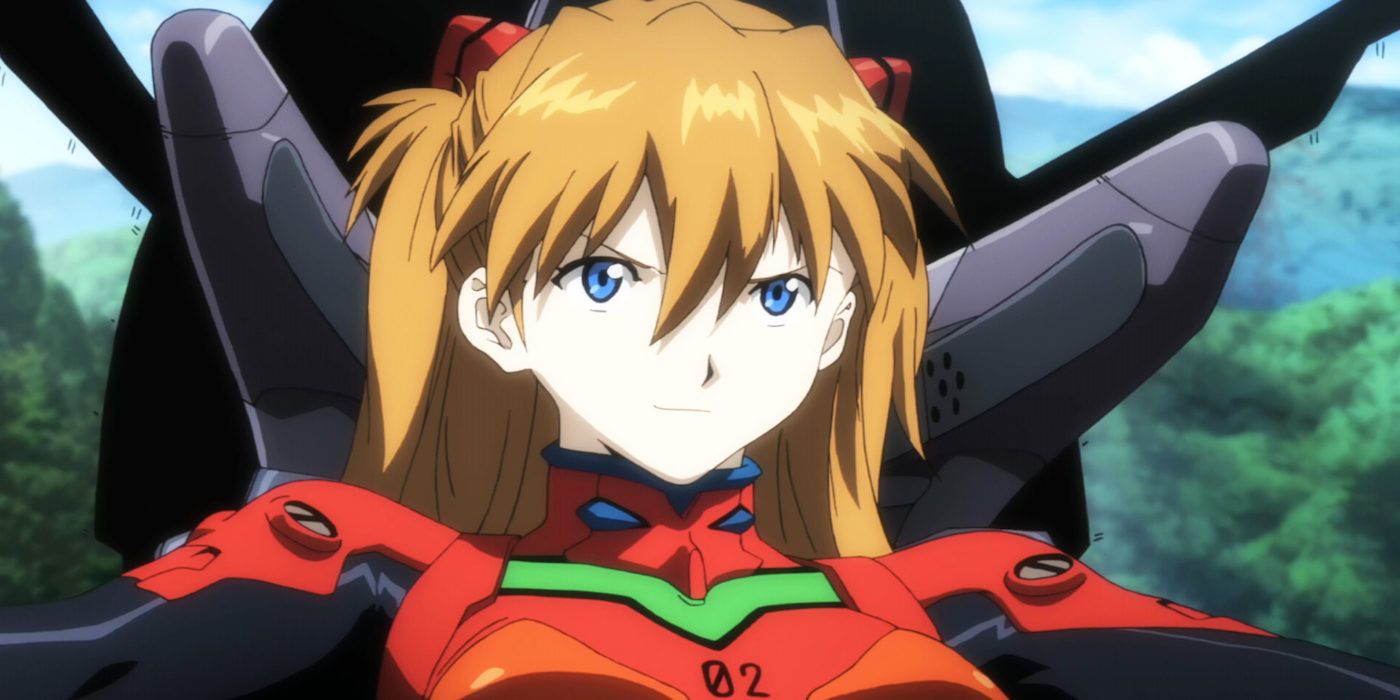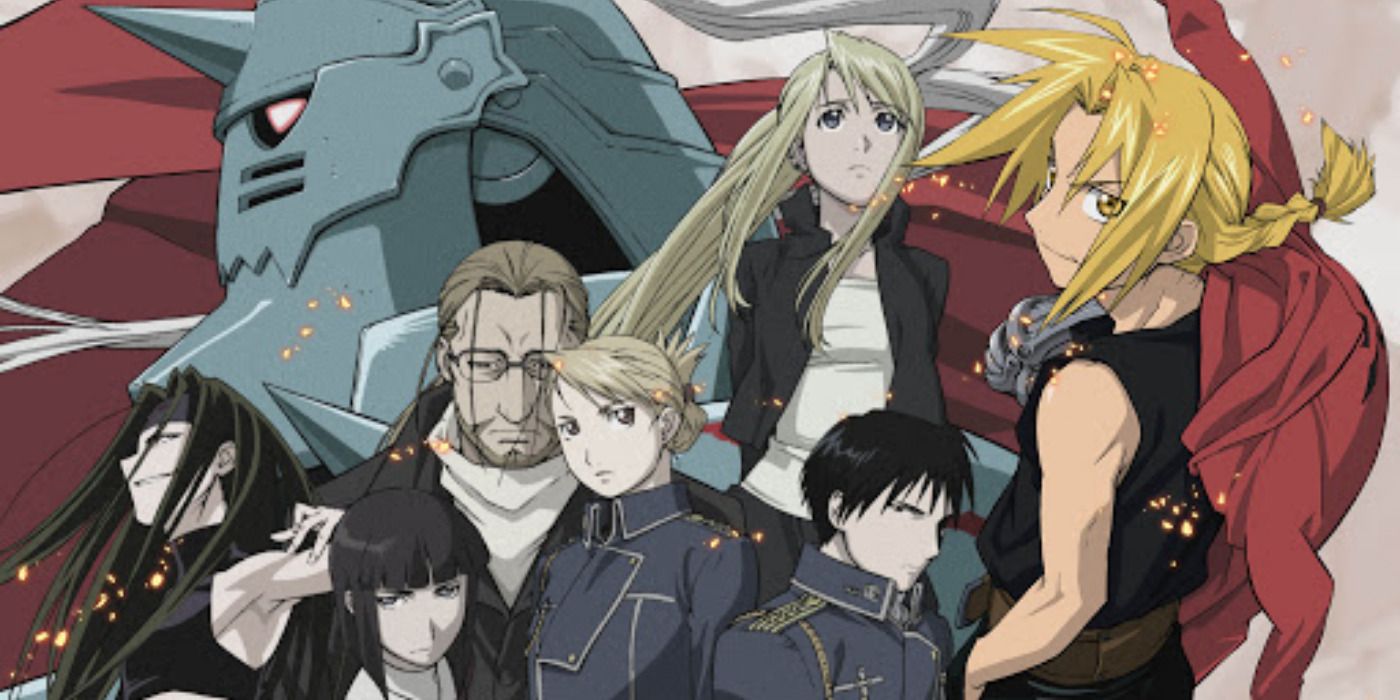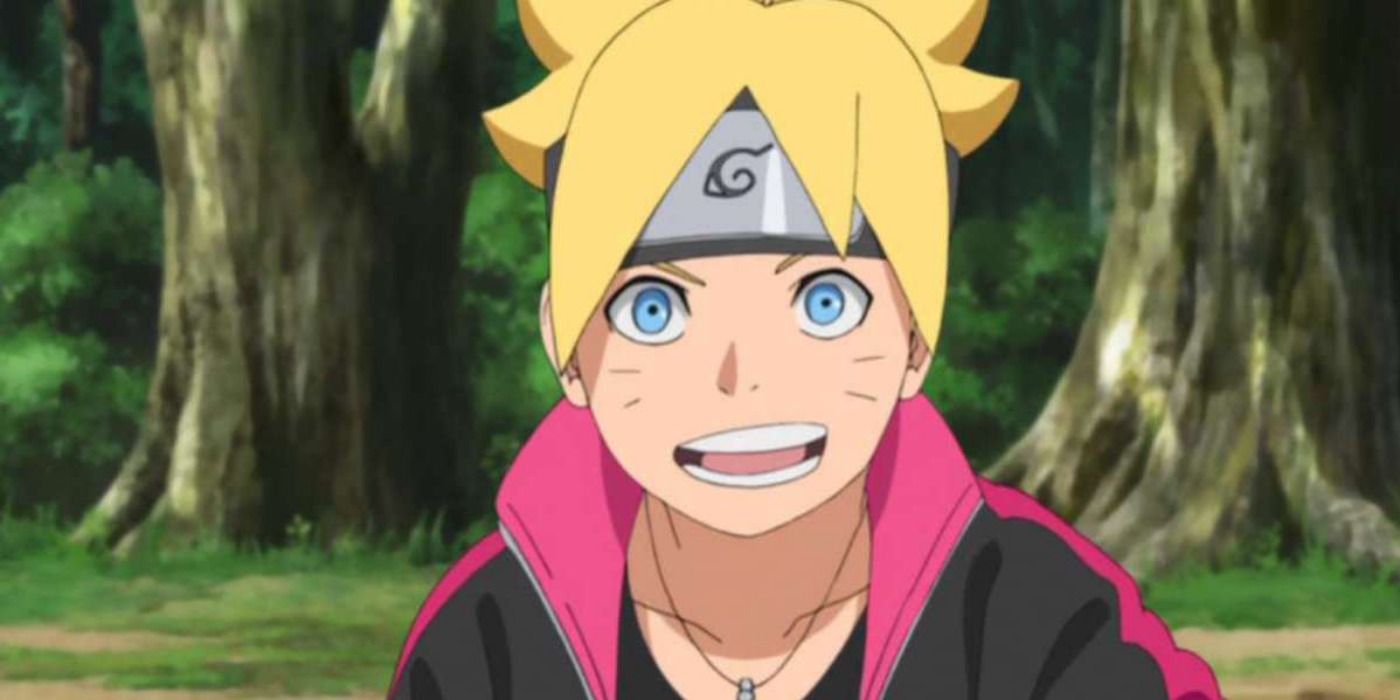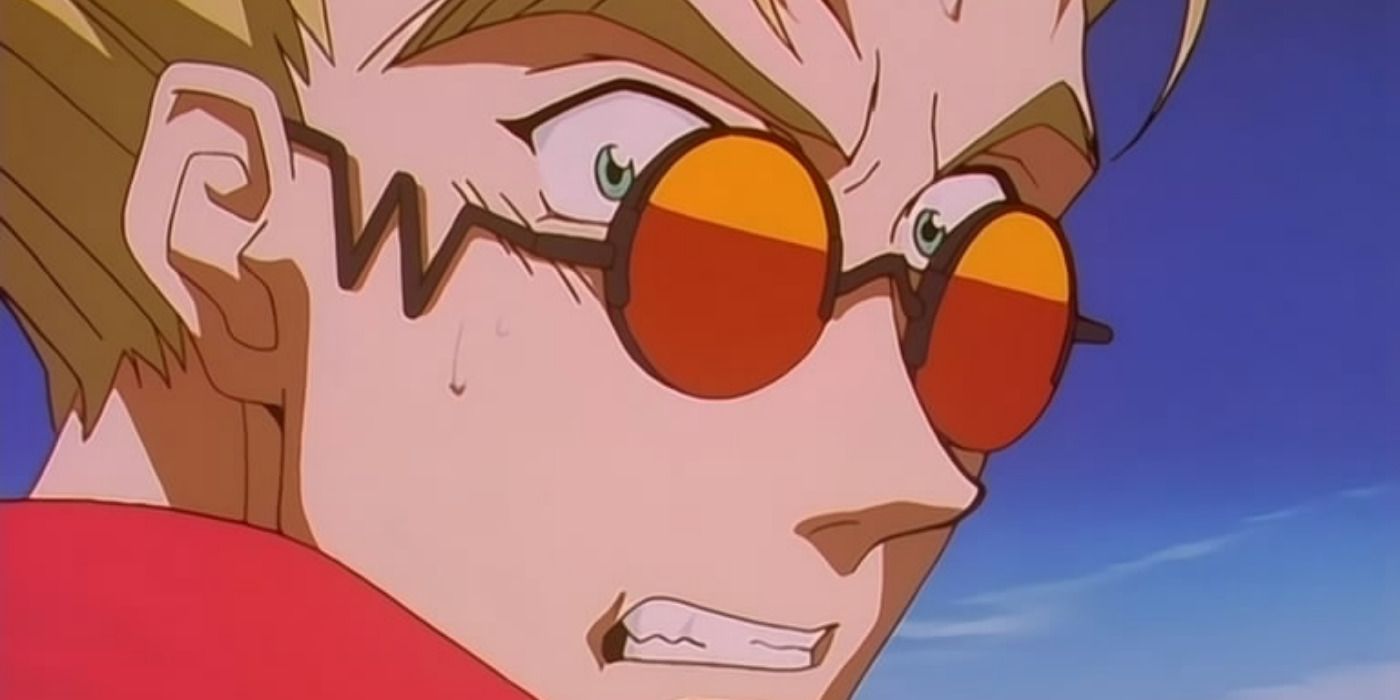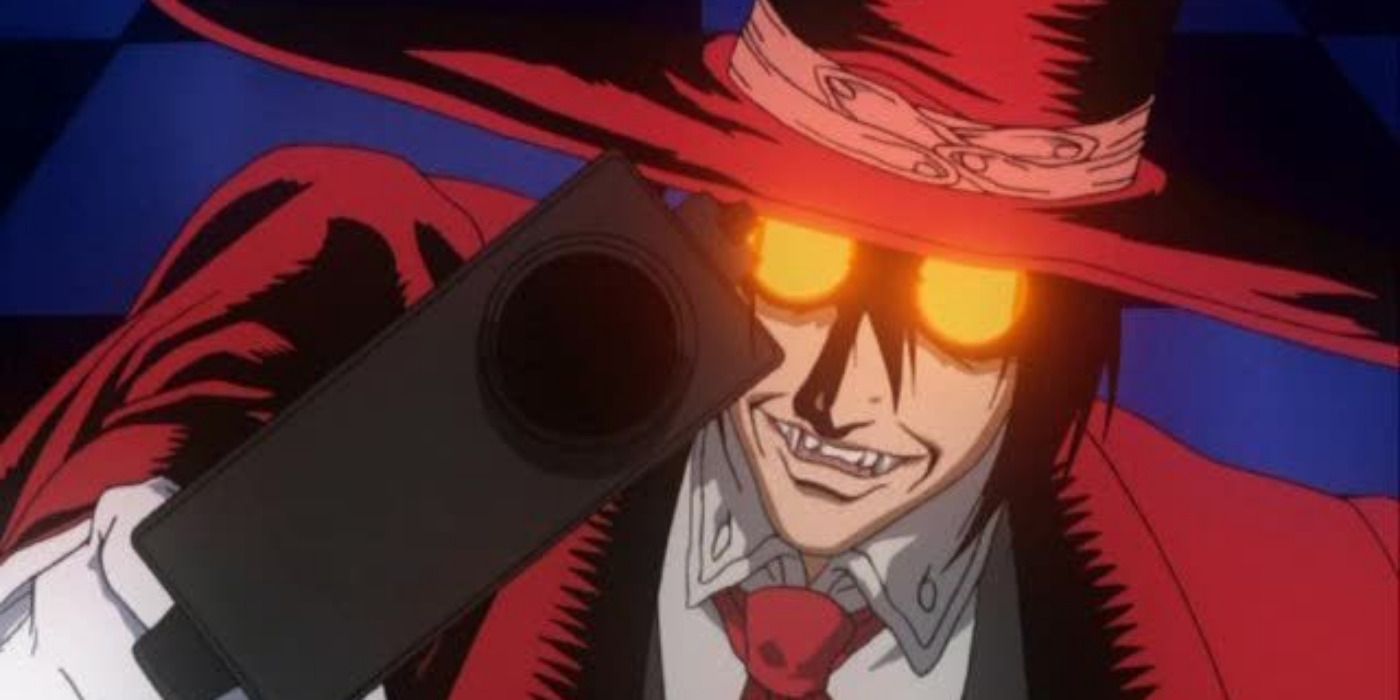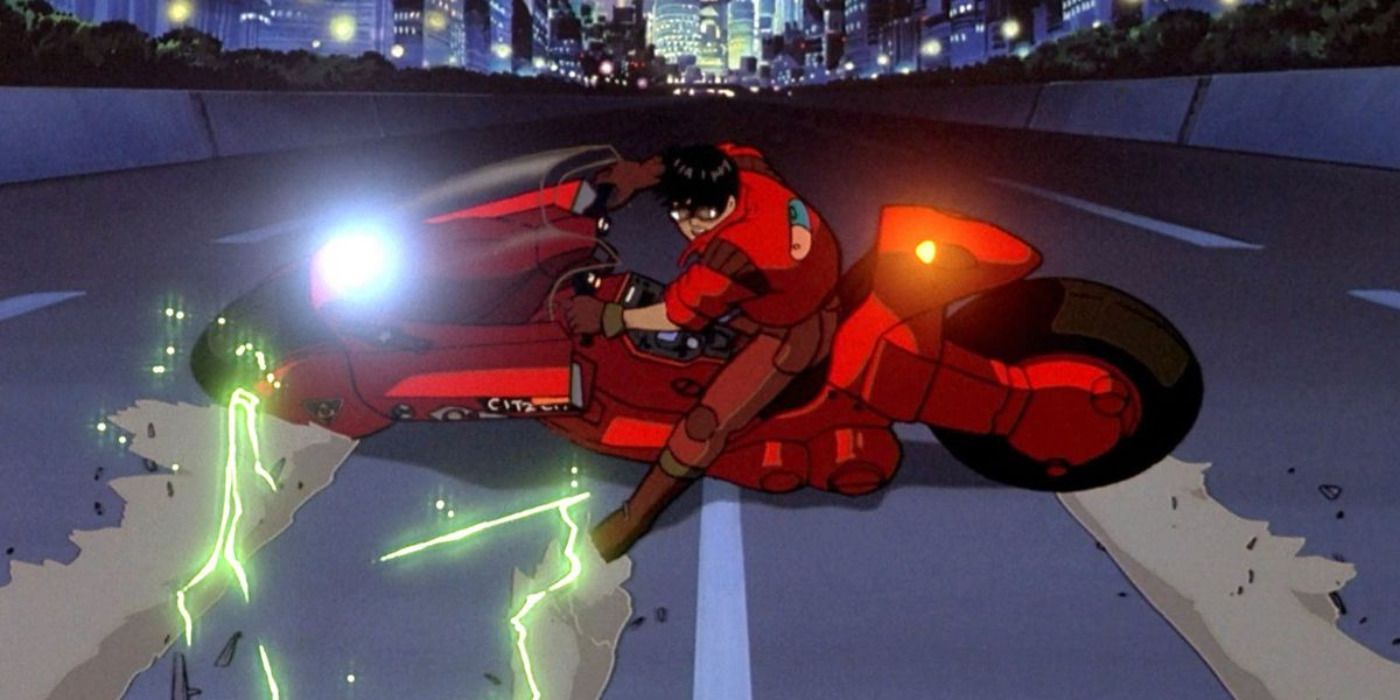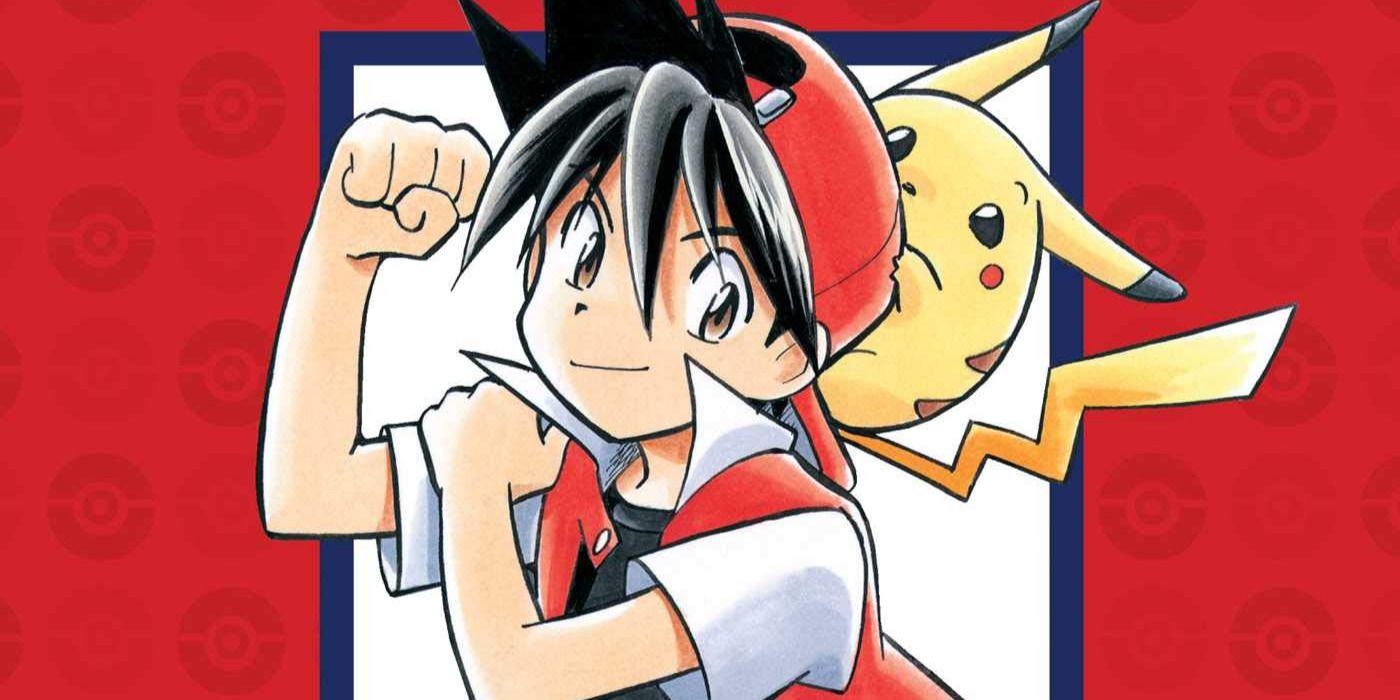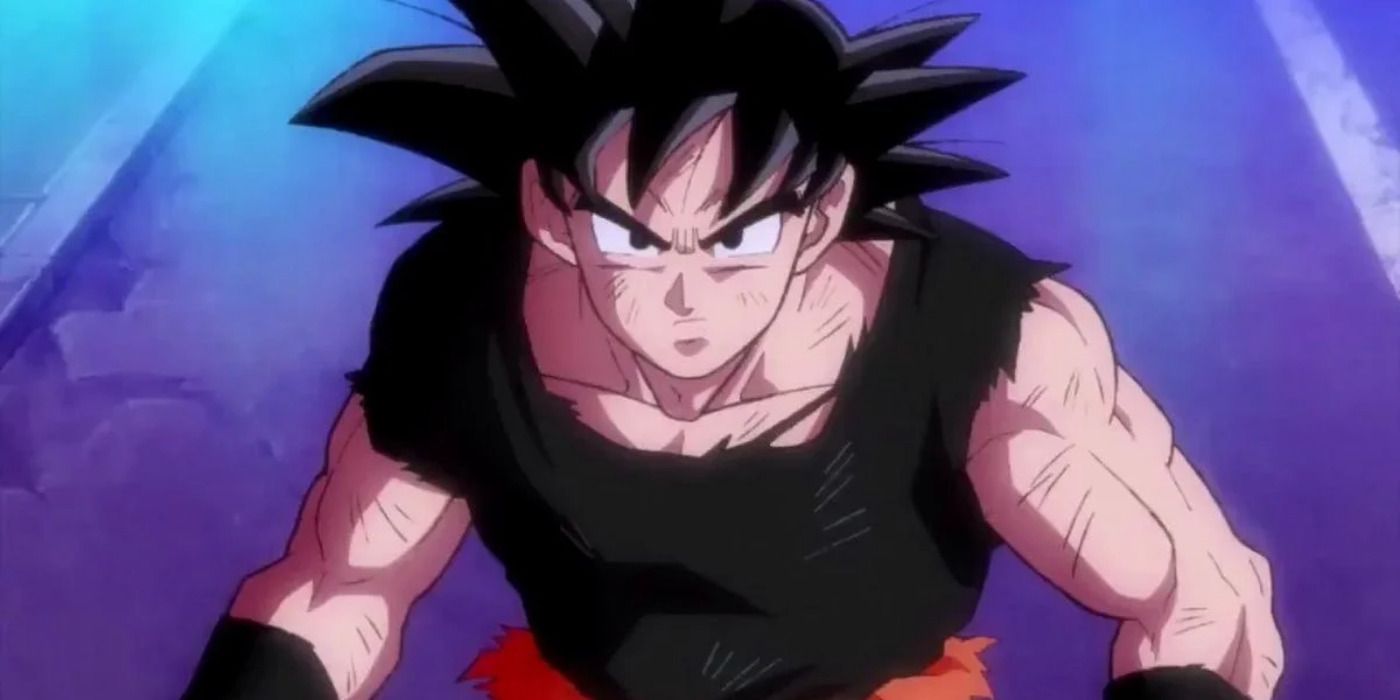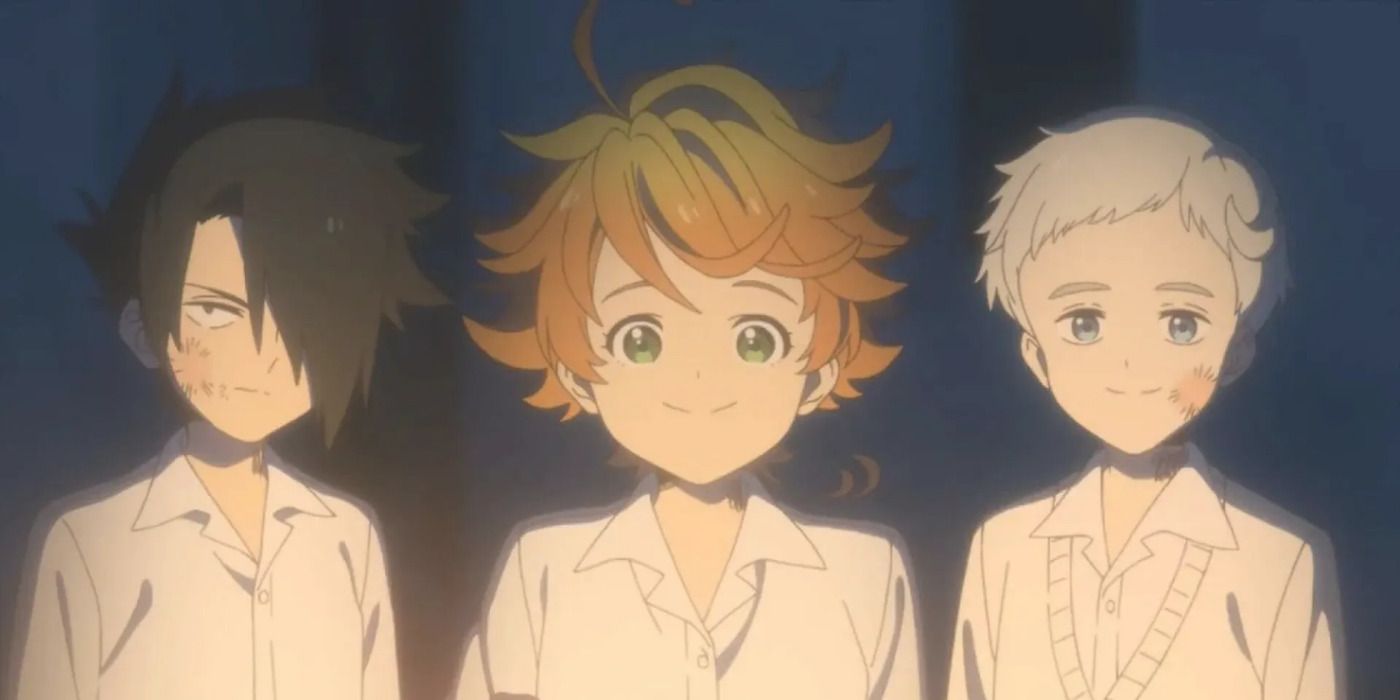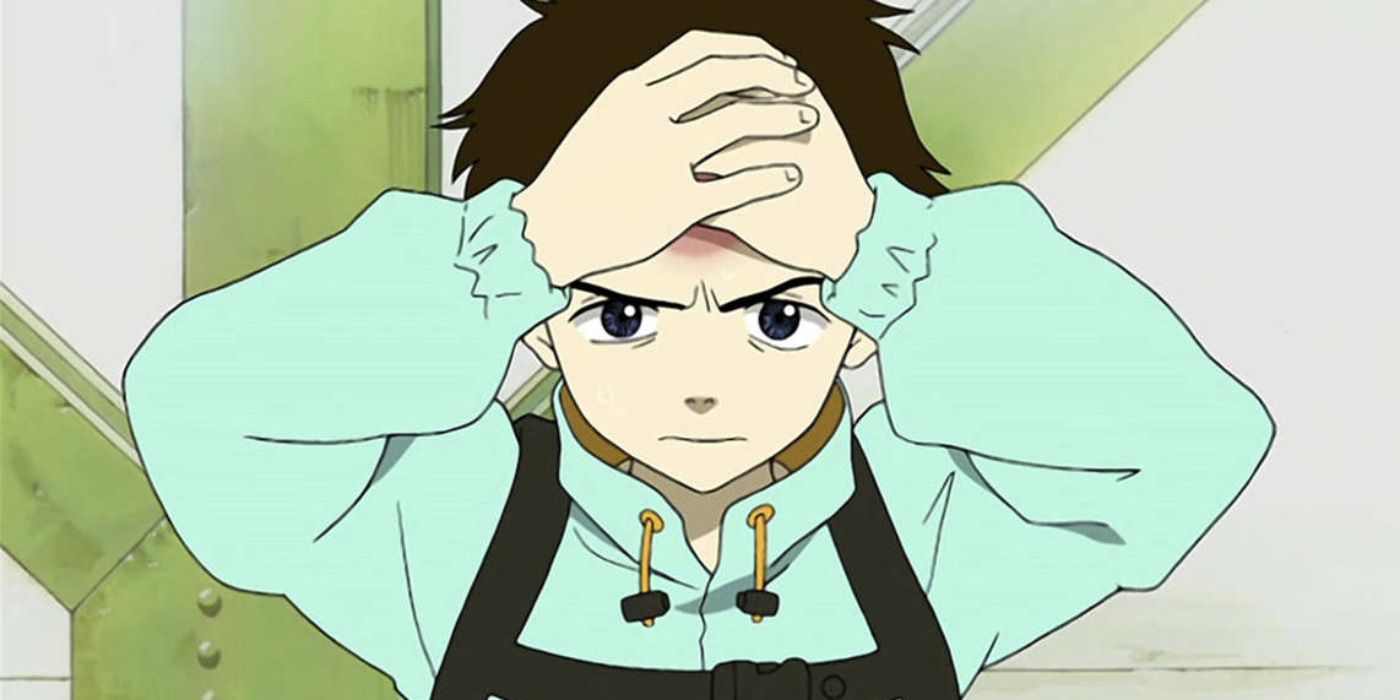Some manga are very faithfully adapted into anime. A great one that always pops up is Death Note. There are very few things added or changed to make either medium seem like something completely different. For some, this is seen as a good thing while others enjoy when anime slightly, or completely, differ from one another.
For the most part, this is usually tied to how far along the manga is as opposed to when the anime starts. Death Note, again, didn’t have to resort to filler since the manga was already done by the time the anime launched. What then are some big manga series that were changed?
Updated on October 1, 2021, by Rhenn Taguiam: When manga achieves critical acclaim, it almost always gets an anime adaptation. However, as anime fans have seen, not all anime adaptations follow exactly the flow of their source material.
In fact, other anime adaptations dared to follow a different course of events to provide a different take on the original manga. As such, a franchise’s fans may often get divided as to whether an anime has done “true justice” when it comes to adapting its source. For newcomers to the genre, just which popular anime had a way different approach compared to the manga?
14 Tokyo Ghoul
Tokyo Ghoul might look like a typical “vampire” story, but its storyline evolved further away from supernatural story tropes. The manga explores life in an alternate Japan where nightmarish ghouls blend in with humans. The story officially begins once Ken Kaneki, an ordinary student, becomes a half-ghoul. Thanks to the guidance of ghouls running the Anteiku coffee shop, Kaneki adjusts to his new life while keeping his identity a secret.
While both the anime and the manga generally follow the same storyline, the manga gives more room when fleshing out the overall cast. Moreover, the anime provides a rather “mellow” depiction of the violence and gore that was very apparent in the manga. It doesn’t help that future seasons of the anime failed to explain certain discrepancies from the manga entirely, making it a more difficult experience to digest.
13 Yu-Gi-Oh! Duel Monsters
Otaku who love TCGs can thank Yu-Gi-Oh! for jumpstarting the craze. After all, the franchise not only featured an ongoing anime, but it also released periodical updates to its mechanics to continuously spice up the franchise. However, all of these go way back to Yu-Gi-Oh! Duel Monsters back in 2000, where fans see Yami Yugi, the King of Games himself, take on various threats to the world through the power of card games.
However, while the anime faithfully adapts all of Duel Monsters’ original storyline, it did have its fair share of unnecessary filler arcs. For instance, the Duelist Kingdom finals getting sidetracked to Noah’s virtual world in “Virtual World” arc, fighting Dartz in “Waking the Dragons,” and participating in the KC Grand Prix in “Grand Championship” are not at all canon to the manga.
12 Chrono Crusade
Set in the Roaring Twenties, Chrono Crusade follows an alternate history where the aftermath of the First World War gave opportunities for demons to run amok in society. As such, the Order of Magdalene is dispatched around the world to eliminate these demonic threats. In Chrono Crusade, the demon Chrono is soulbound to his partner Sister Rosette Christopher as they search for her missing brother Joshua. As expected from a manga where a nun has gunslinging skills, there’s a ton of action to expect.
However, its anime’s presentation did diverge from the manga to some extent. While both media follow the same storyline, the manga emphasized more of Rosette’s points of view. Meanwhile, the anime had a darker tone, especially with the overarching theme of having to chase fate. However, the anime’s darker take did remove much-needed character development that was done in the manga, particularly for the antagonist Aion and his cronies. More importantly, even Rosette and Chrono’s relationships in both media received different interpretations.
11 Tsubasa: Reservoir Chronicles
Fans of Clamp’s Cardcaptor Sakura will delight in how Tsubasa: Reservoir Chronicles takes designs from the acclaimed series. However, similarities end there as Tsubasa takes place primarily in the same universe as Clamp title xxxHolic. In it, archaeologist Syaoran will help Clow Kingdom’s Princess Sakura recover her memories throughout many adventures. Despite this simple premise, Tsubasa will forge a story about friendship and one’s sacrifices in the name of love.
However, Tsubasa’s anime adaptation didn’t exactly follow its manga source through and through. For starters, the anime tried to “connect” Tsubasa to Cardcaptor Sakura as a sequel of sorts, with the anime diverging a bit from the manga in the process. Given the aim to appeal to Cardcaptor fans and children, much of Tsubasa’s darker themes in the manga were also scrapped. As such, even the manga’s surprising twists didn’t have room in the anime’s lighter storyline.
10 Neon Genesis Evangelion
Neon Genesis Evangelion was released first as a manga in 1994 with the anime starting in 1995. They were designed to exist together, which they did briefly but the show ended in 1996 whereas the manga didn’t finish until 2014 with fourteen complete volumes.
Needless to say, there were bound to be some differences between the two. That’s the whole point of this series though as it is a time loop, repeating the cycle with slight differences such as different Angels and character deaths.
9 Fullmetal Alchemist
Fullmetal Alchemist was released first as a manga in 2001 with the anime starting in 2003. The anime took a few things from the manga such as the basic plot and some characters, but the execution is completely different.
First of all, the anime ended in 2004 and the manga didn’t until 2010. The anime was so botched that they rebooted it in 2009 when the manga was nearing its end to fully adapt it better. The biggest difference fans can cite is The Truth being a portal to our reality during World War II.
8 Boruto
Boruto was released first as a manga in 2016 with the anime starting in 2017. Unlike most anime adaptations, this one started without following the manga at all. As the manga just started, the anime team wanted to give that storytime to breathe.
The first fifty episodes then flesh out this new history with the Hidden Leaf Village, what has changed, and Boruto learning the ropes more before it picks up in the first volume of the manga.
7 Trigun
Trigun was released first as a manga in 1995 with the anime starting in 1998. The first run of the manga finished up in 1997, however, in that same year it started up as Trigun Maximum, directly following the story.
In this manga, the Gung-Ho Guns are more fully fleshed out whereas in the anime they barely have time to breathe. This makes sense seeing as how the season was just 26 episodes long in 1998 and Trigun Maximum would not finish until 2007.
6 Hellsing
Hellsing was released first as a manga in 1997 with the anime starting in 2001. That may seem like a good enough time to give the anime plenty to work with but the manga would not end until 2008. The anime then is more or less its own thing without following much of the manga at all besides basic character points.
The main villains of the manga, aka the Nazi revival group Millennium, are nowhere to be found. However, a more faithful adaptation was made via Hellsing Ultimate starting in 2006.
5 Akira
Akira was released first as a manga in 1982 with the anime film debuting in 1988. This may not be quite the same as the others as this is a film and not a series but it deserves a mention nonetheless.
The film took basic ideas from the characters and setting and followed its own direction, giving the series an ending before the manga finished in 1990. For those that never read the manga, it is a massive, phone-book-sized collection that is well worth a read.
4 Pokemon Adventures
Pokemon Adventures was released first as a manga in March 1997 with the anime starting in April 1997. Both series star a version of the character, Red, from the games. However, the anime gave him more of a real name, Ash in North America, and was happier-go-lucky whereas the manga was not afraid to get dark.
Each arc in the manga followed a new set of characters as well to coincide with the games on which they were based. The anime has been all about Ash for decades now.
3 Dragon Ball Super
Dragon Ball Super was released as a manga and anime in 2015. There was some filler in there but the anime adapted the manga fairly well. That is until it ended in 2018. The thing is the manga is still going on, naturally making the two mediums different.
Since this is Dragon Ball it is safe to assume that when it is done, the rest will get adapted too.
2 The Promised Neverland
The Promised Neverland was released first as a manga in 2016 with the anime starting in 2019. The manga is now done as of 2020, but despite that, the anime turned out differently.
That is to say, the first season followed the manga fairly well while the second season, which was not liked by many fans of the first, went in its own direction. The advice then is to just watch the first season and or to stick to the manga.
1 FLCL
FLCL was released as a package deal that ran between 2000 and 2001. That is to say a manga, anime, and novel series all launched within the same time frame. So it began with the very idea of being different from one another while keeping some core concepts together such as the characters.
The two-volume manga is a bit more abstract in terms of art and storytelling while the six-episode anime had more of a structure despite how bonkers it got.


